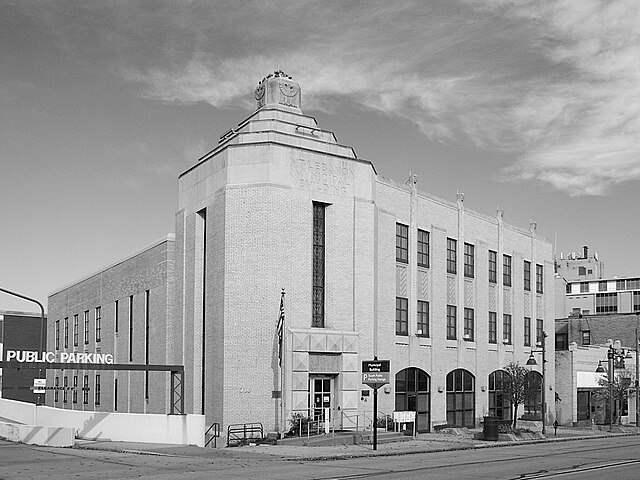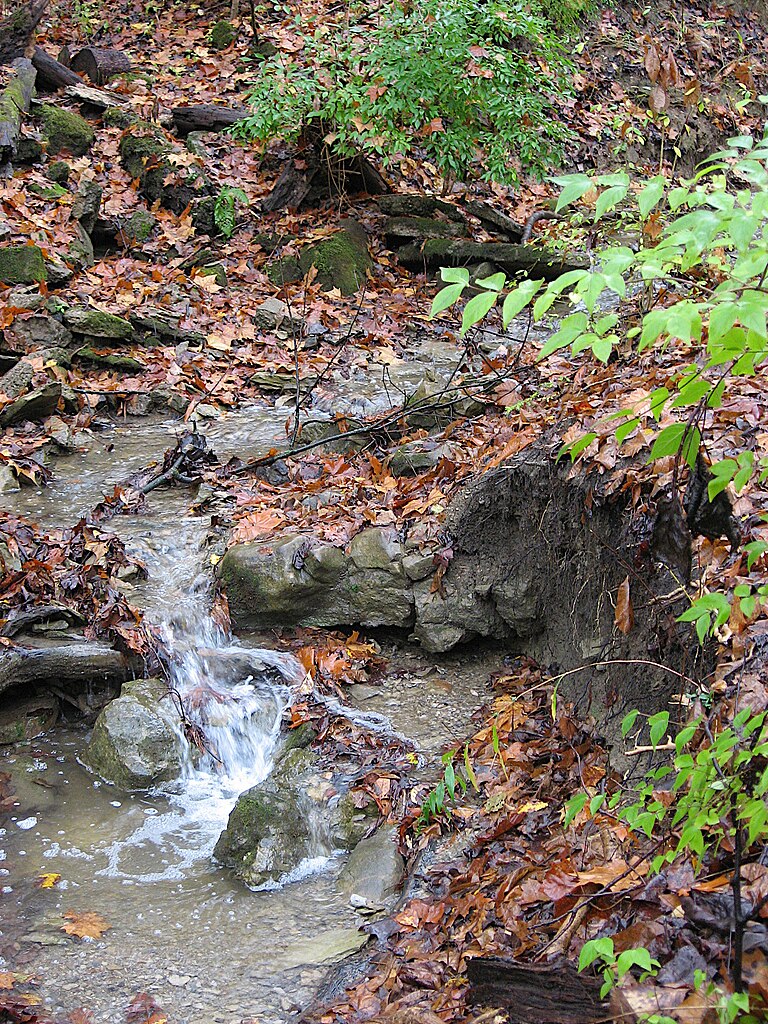
-
Staghorn Sumac in Fall Colors

Staghorn Sumac (Rhus typhina) has some of the most spectacular fall colors of all the spectacular trees nature plants for us around here. This clump was growing just below Grandview Avenue, Mount Washington, where they clung to the side of the hill. It should not be confused with the notoriously unwelcome Tree of Heaven or Chinese Sumac, also called Pittsburgh Palm or Tree from Hell, whose leaves just turn sickly yellow and fall off.
[
 ]()
]() -
The Skyline at Sunset

Above, a fairly large panorama made from five individual pictures. Below, a “high-dynamic-range” picture made from three separate exposures.

-
Fall in the Cemetery

An experiment in HDR photography: this photo of the Robert Pitcairn mausoleum in the Homewood Cemetery is made from three separate exposures. It’s okay. It’s probably not much better than the result that could be got by manipulating one of the three pictures in the series.
Fall is old Pa Pitt’s favorite time to take pictures in cemeteries, and right now his Pittsburgh Cemeteries site is full of fall color.
-
Chatham Center

This picture from five years ago (but old Pa Pitt just dug it out of his archive, where it lay forgotten) shows the unobstructed view of Chatham Center from the Middle Hill. Chatham One is the building with the name at the top; the square tower to the left of it is Two Chatham Center.
-
Art Deco Masks



The auditorium of Allegheny High School on the North Side was built in 1936, at the height of the Art Deco era. There are three exits, and the architect’s scheme demanded a relief over each one. So we have Art Deco interpretations of the three masks of the classical theater: Comedy. Tragedy, and Meh.
-
Along the Tom the Tinker Trail

The Tom the Tinker Trail runs beside a gurgling stream through a narrow valley in the Kane Woods Nature Area. The trail is named for a fictional character in the Whiskey Rebellion: farmers who paid the whiskey tax would receive threatening notes signed “Tom the Tinker.”

Yes, there is a manhole cover in the middle of this idyllic scene. A sewer line runs down the hill through the stream valley.

All through the woods we can see evidence that there was once a little community tucked into this narrow valley. Above, a ruined foundation clings to the side of the gorge.






